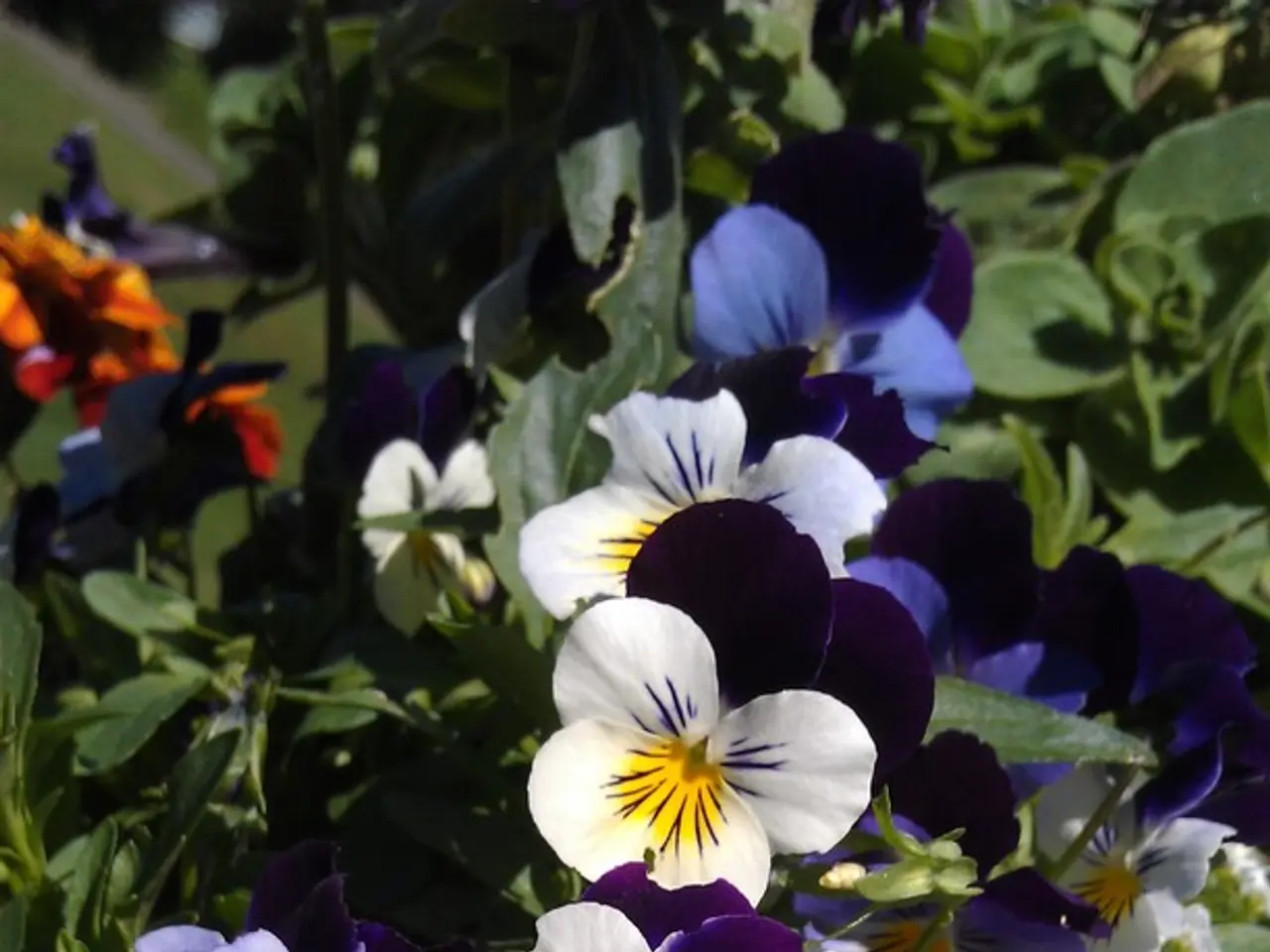Gardening, Collecting, or simply appreciating? Learn all about the Agastache Plant, a must-have for enthusiasts!
Agastache, also known as anise hyssop or hummingbird mint, is a popular choice for gardens due to its long-lasting color, scent, and pollinator appeal. This hardy plant thrives in a variety of climates and is suitable for both container and in-ground gardening.
Ideal Growing Conditions
Light
Agastache plants prefer full sun, meaning at least 6 hours of direct sunlight per day. Some varieties can tolerate part shade, but full sun promotes the best flowering and growth.
Soil
Well-drained soil is essential for Agastache plants. They prefer neutral to slightly acidic soil that is not too fertile—infertile or average garden soil is fine. Avoid heavy, clay soils that stay wet, especially over winter, as agastache does not like "wet feet." Mulching annually with compost or shredded leaves helps maintain soil health.
Watering
Regular watering is needed during the first year to establish roots, keeping the soil moist but not soggy. Once established, agastache is fairly drought tolerant and does well with average watering. Overwatering should be avoided to prevent root rot.
Spacing
Plant agastache about 12 to 18 inches apart to allow good air circulation and accommodate mature spread (about 12" to 32" depending on variety). Thin seedlings to about 10-12 inches apart if sowing seeds.
Hardiness
Agastache is hardy in USDA zones 4-10, making it suitable for a wide range of climates.
Additional Tips
- Agastache grows well in containers if drainage is good, which is useful if garden soil tends to be heavy or wet.
- Plant taller varieties at the back of borders for visual balance.
- Annual mulching and avoiding wet soil conditions in winter will support healthy perennial growth and longevity.
Caring for Agastache Plants
- Divide Agastache plants every 3 to 5 years to maintain vigor.
- Deadheading spent blooms encourages continued flowering.
- Aphids or spider mites might be attracted to stressed Agastache plants. These can be addressed with a gentle spray of water or organic insecticidal soap.
- Slugs are not typically a concern due to the aromatic leaves in Agastache plants.
- Poor drainage is the leading issue for Agastache plants, often causing root rot or crown rot. Ensuring proper soil structure and raised planting beds can prevent this.
- Powdery mildew may appear on leaves in humid climates or where air circulation is poor.
Uses and Varieties
- Agastache plants attract bees, butterflies, and hummingbirds.
- The flowers of Agastache plants come in shades of purple, pink, orange, blue, and red.
- The Agastache Firebird plant has tall, slender spires of warm red-orange flowers.
- Agastache plants can be grown from seed, transplant, or division.
- Agastache also works well in naturalistic or prairie-style plantings where low input is preferred.
- Agastache plants have aromatic-minty, licorice-like, or bubblegum-scented foliage.
- Agastache plants have vertical flower spikes that flower from mid-summer through fall.
- Darwin Perennials, Plantipp, Terra Nova Nurseries, and PlantHaven are breeders worth noting for Agastache plants.
Harvesting and Uses
- Agastache plants also have a place in herbal tea gardens thanks to their edible, aromatic leaves.
- In colder climates, mulch lightly in fall and leave stems standing to protect the crown and provide overwintering sites for beneficial insects.
- In late fall or early spring, cut back stems to tidy up Agastache plants.
- Pruning in spring helps remove any winter-damaged stems and allows for a fuller, bushier habit.
In summary, plant agastache in full sun, well-drained soil with average watering, spacing plants about 12-18 inches apart, and protect from wet overwinter conditions for best performance and to attract pollinators. With proper care, agastache can bring beauty and life to your garden for many seasons.
- In a wide range of climates, Agastache, also known as anise hyssop or hummingbird mint, can thrive, making it an ideal choice for home-and-garden enthusiasts and those interested in gardening.
- The flowering and growth of Agastache plants are promoted when they receive at least 6 hours of direct sunlight per day, with some varieties tolerating part shade.
- For optimal growth, Agastache prefers well-drained soil that is neutral to slightly acidic, avoiding heavy, clay soils that stay wet, especially over winter.
- Annually mulching with compost or shredded leaves helps maintain soil health, providing support for healthy perennial growth and longevity.
- With regular watering during the first year to establish roots and proper care, Agastache plants can bring beauty and life to your garden, attracting bees, butterflies, and hummingbirds, and serving as an edible addition to herbal tea gardens.




